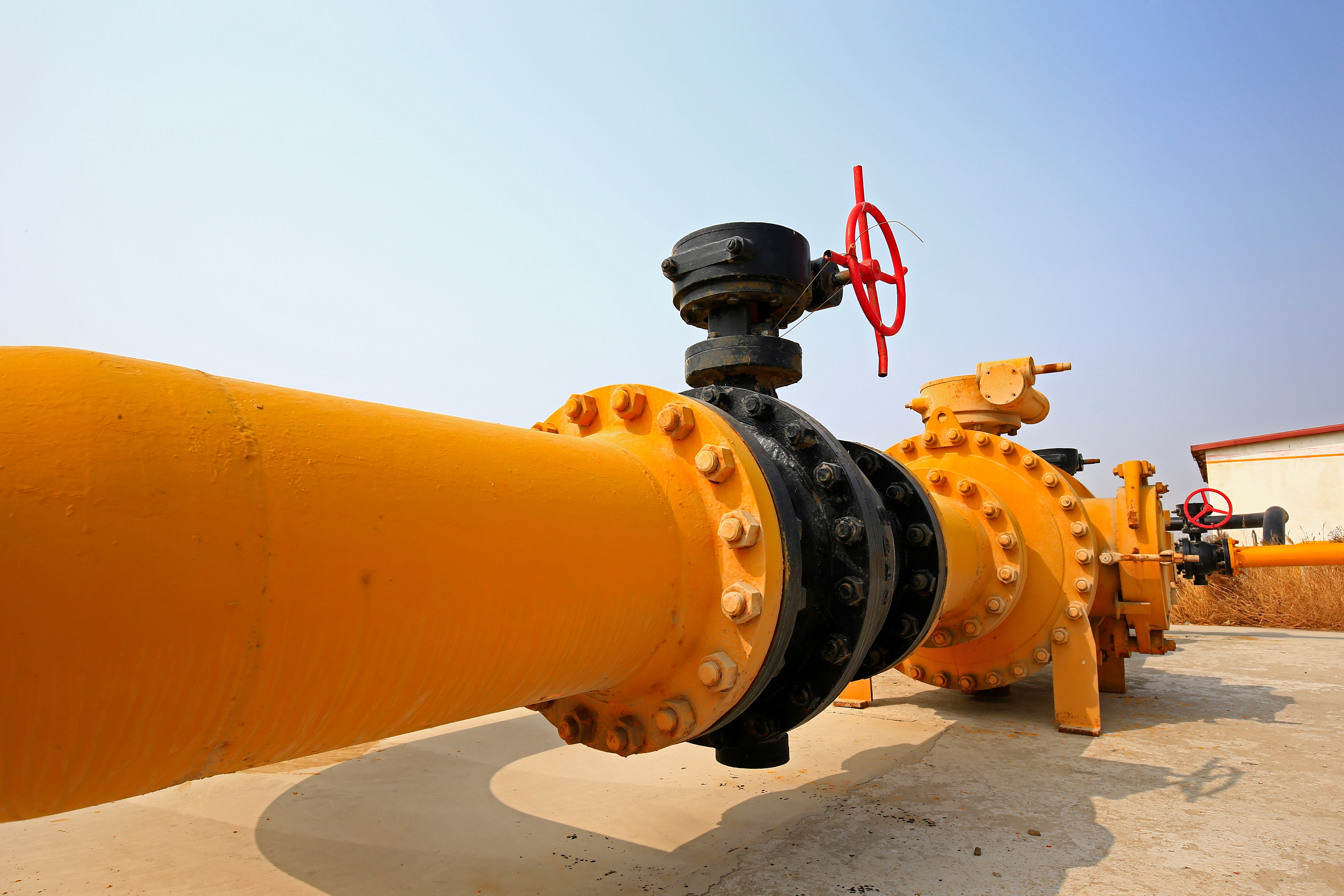PHMSA Releases New Rule for Pipeline Shut-off Valves to Strengthen Safety, Reduce Emissions
WASHINGTON — Today, the U.S. Department of Transportation’s Pipeline and Hazardous Materials Safety Administration (PHMSA) announced a new rule to help improve pipeline safety, reduce super-polluting methane emissions, and protect the public by requiring the installation of remotely controlled or automatic shut-off valves, or alternative equivalent technologies, on new and replaced onshore natural gas, carbon dioxide, and other hazardous liquid pipelines.
The new requirements will assist in preventing severe human and environmental consequences following pipeline failures, such as those that occurred in Marshall, Michigan and San Bruno, California in 2010.
“Far too many Americans have experienced the consequences of pipeline failures,” said Transportation Secretary Pete Buttigieg. “Today we are taking an important step to protect communities against hazardous pipeline leaks—helping to save the lives, property, and jobs of people in every part of the country while preventing super-polluting methane leaks.”
In 2010, a pipeline in Marshall, Michigan leaked 843,444 gallons of crude oil into the Kalamazoo River for 17 hours before the operator shut off the pipeline. That same year, it took more than 90 minutes to stop the flow of product in a natural gas pipeline in San Bruno, California. The California incident resulted in an explosion, which killed eight people, injured 51 others, in addition to destroying 38 homes and severely damaging an additional 70 homes.
The requirements announced today will apply to all new or replaced onshore pipelines six inches in diameter or greater. Pipeline operators installing these valves will also be required to comply with new performance standards for the operation of those valves requiring their closure to isolate a ruptured pipeline segment as soon as practicable (but no more than 30 minutes) after rupture identification. Faster shut down times will help improve safety by allowing faster access to emergency first responders who respond to fires and injuries.
In addition, PHMSA expects the rule to reduce threats to the environment (including, but not limited to, reducing emissions of methane, a potent greenhouse gas released during ruptures of natural gas pipelines and major source of climate change), and promote environmental justice for minority populations, low-income populations, and other underserved and disadvantaged communities. A single rupture from a large, high-pressure gas pipeline can release more than 1,300 metric tons of methane emissions.
The final rule also requires operators to ensure their emergency response plans contain written procedures for timely identification and mitigation of ruptures on their systems, as well as to include procedures for engaging public safety officials (such as 9-1-1 call centers and fire, police, and other first responders).
“We must continue to work towards zero incidents and zero releases from pipelines,” said PHMSA Deputy Administrator Tristan Brown. “More than a decade in the making, this new rule requires the installation of modern technology to mitigate the impacts of pipeline failures on people, first responders, and our environment.”
The final rule addresses congressional mandates from the Pipeline Safety Act of 2011, and recommendations from both the National Transportation Safety Board and a study conducted by the Government Accountability Office.
PHMSA published a Notice of Proposed Rulemaking (NPRM) in February 2020 for the expanded use of automatic and remotely controlled shut-off valves. The comments and information collected in response to the 2020 NPRM assisted PHMSA in completing today’s final rule.
The final rule was submitted to the Federal Register on March 31, 2022, and will become effective 180 days following its date of publication.
Related News
Related News

- Keystone Oil Pipeline Resumes Operations After Temporary Shutdown
- Biden Administration Buys Oil for Emergency Reserve Above Target Price
- Freeport LNG Plant Runs Near Zero Consumption for Fifth Day
- Enbridge to Invest $500 Million in Pipeline Assets, Including Expansion of 850-Mile Gray Oak Pipeline
- Williams Delays Louisiana Pipeline Project Amid Dispute with Competitor Energy Transfer
- Evacuation Technologies to Reduce Methane Releases During Pigging
- Editor’s Notebook: Nord Stream’s $20 Billion Question
- Enbridge Receives Approval to Begin Service on Louisiana Venice Gas Pipeline Project
- Russian LNG Unfazed By U.S. Sanctions
- Biden Administration Buys Oil for Emergency Reserve Above Target Price





Comments